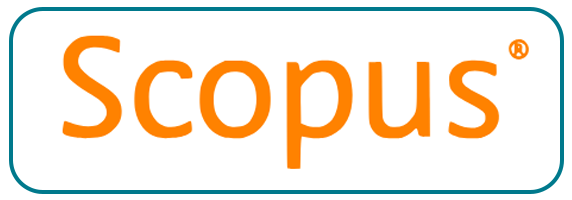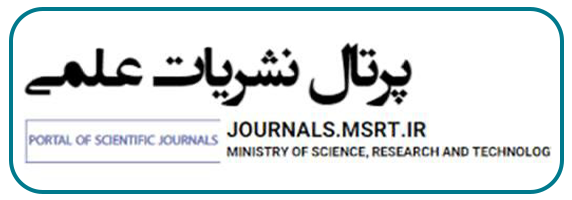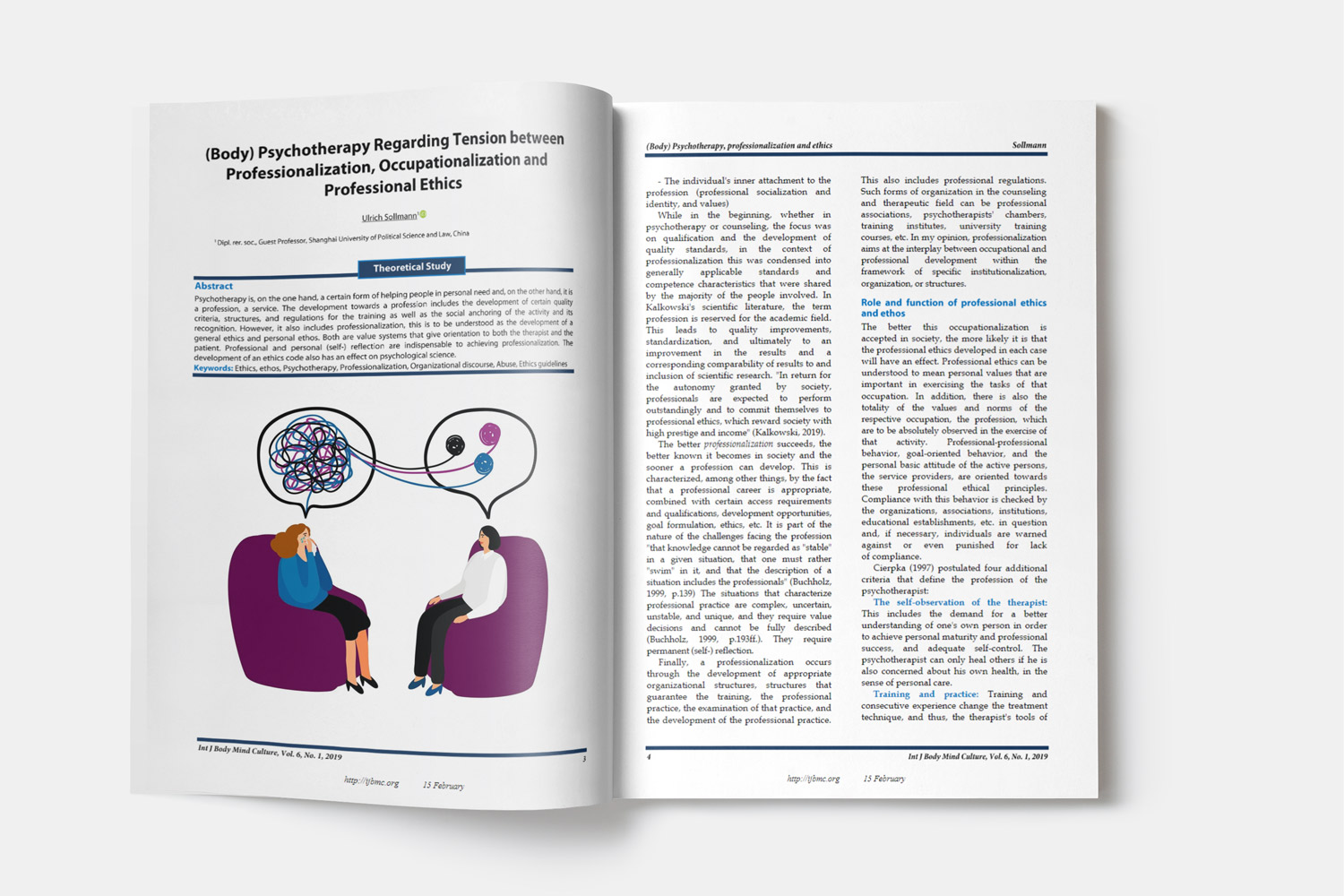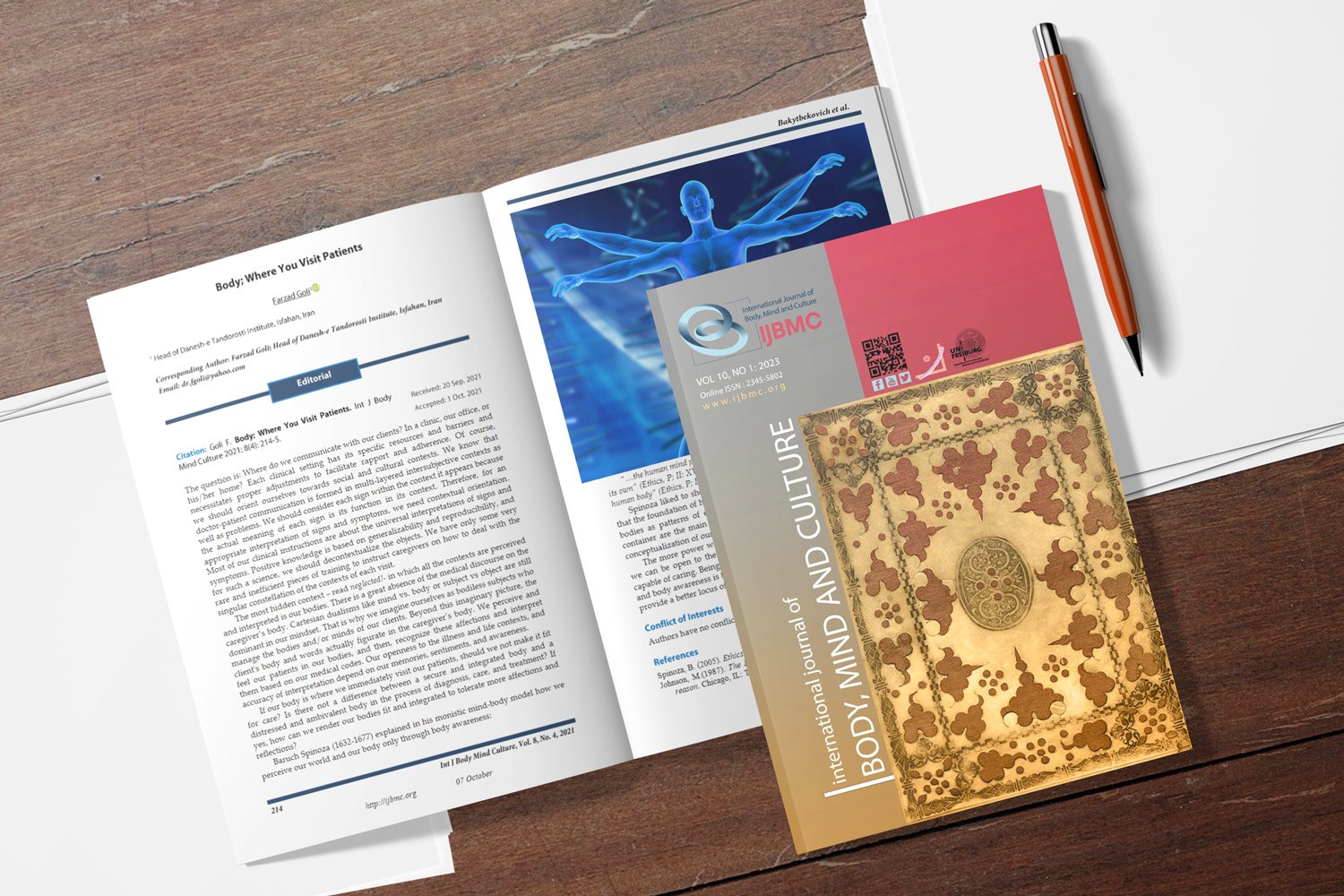Effectiveness of Transcranial Direct Current Stimulation on Cravings in Overweight Individuals
Downloads
Background: Overweight is one of the current problems of people. One of its causes is the craving for food. This study was conducted with the aim to evaluate the effectiveness of transcranial direct current stimulation (tDCS) on craving for food in overweight people.
Methods: The research was a quasi-experimental study with a pretest-posttest design and a control group. The statistical population of the study included all overweight people referred to Aramesh Psychology Center in Tehran, Iran, in 2019. They were selected using a purposeful sampling method and were randomly divided into two groups. The mean and standard deviation of the age of the subjects was 34.27 ± 6.45 years and the mean body mass index (BMI) was 28.12 ± 2.23 kg/m2. The research instrument was the Food Cravings Questionnaires (FCQs) developed by Cepeda-Benito, Gleaves, Williams, and Erath (2000). Data were analyzed using multivariate analysis of covariance (ANCOVA).
Results: The results showed a significant difference between the tDCS group and control group in terms of mean trait craving (P ≥ 0.001) and state craving (P ≥ 0.001) scores.
Conclusion: It seems that tDCS can be used to reduce food cravings in obese people. Theoretical and practical considerations of the research have been presented in the discussion and conclusion sections.
Downloads
Andres, M., Masson, N., Larigaldie, N., Bonato, M., Vandermeeren, Y., & Dormal, V. (2020). Transcranial electric stimulation optimizes the balance of visual attention across space. Clin. Neurophysiol, 131(4), 912-920.
Bikson, M., Name, A., & Rahman, A. (2013). Origins of specificity during tDCS: anatomical, activity-selective, and input-bias mechanisms. Front.Hum.Neurosci, 7, 688. doi:10.3389/fnhum.2013.00688 [doi]. Retrieved from PM:24155708
Brunoni, A. R., Valiengo, L., Baccaro, A., Zanao, T. A., de Oliveira, J. F., Goulart, A. et al. (2013). The sertraline vs. electrical current therapy for treating depression clinical study: results from a factorial, randomized, controlled trial. JAMA.Psychiatry., 70(4), 383-391. doi:1568955 [pii];10.1001/2013.jamapsychiatry.32 [doi]. Retrieved from PM:23389323
Cepeda-Benito, A., Gleaves, D. H., Williams, T. L., & Erath, S. A. (2000). The development and validation of the state and trait food-cravings questionnaires. Behav. Ther, 31(1), 151-173.
Kulandaivelan, S., Joshi, S., Chaturvedi, R., & Malik, M. (2018). Effect of transcranial direct current stimulation (TDCS) on pain in fibromyalgia-systematic review based on Prisma guidelines. Int. J. Physiol. Nutr. Phys. Educ, 3(2), 858-862.
Elahi Chatroudi, A. (2018). Control of urban development in western side of Kerman city by attention to development of green spaces [MSc Thesis]. Milan, Italy: Milan Polytechnic.
Cruz, G. P., Fong, K. N. K., & Brown, T. (2018). The Effects of Transcranial Direct Current Stimulation on the Cognitive Functions in Older Adults with Mild Cognitive Impairment: A Pilot Study. Behav Neurol, 2018, 5971385. doi:10.1155/2018/5971385 [doi]. Retrieved from PM:29736192
da Silva, M. C., Conti, C. L., Klauss, J., Alves, L. G., do Nascimento Cavalcante, H. M., Fregni, F. et al. (2013). Behavioral effects of transcranial direct current stimulation (tDCS) induced dorsolateral prefrontal cortex plasticity in alcohol dependence. J Physiol.Paris., 107(6), 493-502. doi:S0928-4257(13)00042-9 [pii];10.1016/j.jphysparis.2013.07.003 [doi]. Retrieved from PM:23891741
Dadashi, M., Bastami, S., & Eskandari, Z. (2017). Effectivness of Anodal Transcranial Direct Current Stimulation(tDCS) over left Dorsolateral Prefrontal cortex on drug Craving and Attentional bias Symptoms in Opium Addictied Males. J Adv Med Biomed Res, 25(112), 59-71.
dos Santos, C. R., & Granon, S. (2012). Prefrontal neuromodulation by nicotinic receptors for cognitive processes. Psychopharmacology (Berl.), 221(1), 1-18. doi:10.1007/s00213-011-2596-6 [doi]. Retrieved from PM:22249358
English, M. C. W., Kitching, E. S., Maybery, M. T., & Visser, T. A. W. (2018). Modulating attentional biases of adults with autistic traits using transcranial direct current stimulation: A pilot study. Autism Res, 11(2), 385-390. doi:10.1002/aur.1895 [doi]. Retrieved from PM:29155494
Fregni, F., Orsati, F., Pedrosa, W., Fecteau, S., Tome, F. A., Nitsche, M. A. et al. (2008). Transcranial direct current stimulation of the prefrontal cortex modulates the desire for specific foods. Appetite., 51(1), 34-41. doi:S0195-6663(07)00429-1 [pii];10.1016/j.appet.2007.09.016 [doi]. Retrieved from PM:18243412
Goldman, R. L., Borckardt, J. J., Frohman, H. A., O'Neil, P. M., Madan, A., Campbell, L. K. et al. (2011). Prefrontal cortex transcranial direct current stimulation (tDCS) temporarily reduces food cravings and increases the self-reported ability to resist food in adults with frequent food craving. Appetite., 56(3), 741-746. doi:S0195-6663(11)00096-1 [pii];10.1016/j.appet.2011.02.013 [doi]. Retrieved from PM:21352881
Gouda, J., & Prusty, R. K. (2014). Overweight and obesity among women by economic stratum in urban India. J Health Popul.Nutr, 32(1), 79-88. Retrieved from PM:24847596
Hanenberg, C., Getzmann, S., & Lewald, J. (2019). Transcranial direct current stimulation of posterior temporal cortex modulates electrophysiological correlates of auditory selective spatial attention in posterior parietal cortex. Neuropsychologia., 131, 160-170. doi:S0028-3932(18)30519-0 [pii];10.1016/j.neuropsychologia.2019.05.023 [doi]. Retrieved from PM:31145907
Heeren, A., De, R. R., Koster, E. H., & Philippot, P. (2013). The (neuro)cognitive mechanisms behind attention bias modification in anxiety: proposals based on theoretical accounts of attentional bias. Front.Hum.Neurosci, 7, 119. doi:10.3389/fnhum.2013.00119 [doi]. Retrieved from PM:23576969
Kachooei, M., Ashrafi, E. (2016). Exploring the factor structure, reliability and validity of the Food Craving Questionnaire-Trait in Iranian adults. J Kerman Univ Med Sci, 23(5), 631-648.
Ke, Y., Wang, N., Du, J., Kong, L., Liu, S., Xu, M. et al. (2019). The Effects of Transcranial Direct Current Stimulation (tDCS) on Working Memory Training in Healthy Young Adults. Front.Hum.Neurosci, 13, 19. doi:10.3389/fnhum.2019.00019 [doi]. Retrieved from PM:30774590
Kekic, M., McClelland, J., Campbell, I., Nestler, S., Rubia, K., David, A. S. et al. (2014). The effects of prefrontal cortex transcranial direct current stimulation (tDCS) on food craving and temporal discounting in women with frequent food cravings. Appetite., 78, 55-62. doi:S0195-6663(14)00125-1 [pii];10.1016/j.appet.2014.03.010 [doi]. Retrieved from PM:24656950
Kristensen NB, & Pedersen O. (2015). Targeting Body Weight Regulation with Probiotics: A Review of Randomized Trials in Obese and Overweight People Free of Co-morbidities. J Nutr Food Sci, 5, 422.
Ljubisavljevic, M., Maxood, K., Bjekic, J., Oommen, J., & Nagelkerke, N. (2016). Long-Term Effects of Repeated Prefrontal Cortex Transcranial Direct Current Stimulation (tDCS) on Food Craving in Normal and Overweight Young Adults. Brain Stimul., 9(6), 826-833. doi:S1935-861X(16)30194-2 [pii];10.1016/j.brs.2016.07.002 [doi]. Retrieved from PM:27498606
MacLeod, C., & Mathews, A. (2012). Cognitive bias modification approaches to anxiety. Annu.Rev.Clin.Psychol., 8, 189-217. doi:10.1146/annurev-clinpsy-032511-143052 [doi]. Retrieved from PM:22035241
Moezzi, S., Ghoshuni, M., & Amiri, M. (2020). Assessment of the Effect of Transcranial Direct Current Stimulations (tDCS) in Focused Attention Enhancement Using Event-Related Potentials. Neurosci.J.Shefaye Khatam, 9(1), 25-35.
Moreno-Lopez, L., Soriano-Mas, C., Delgado-Rico, E., Rio-Valle, J. S., & Verdejo-Garcia, A. (2012). Brain structural correlates of reward sensitivity and impulsivity in adolescents with normal and excess weight. PLoS.One., 7(11), e49185. doi:10.1371/journal.pone.0049185 [doi];PONE-D-12-12667 [pii]. Retrieved from PM:23185306
Nissen, N. K., & Holm, L. (2015). Literature review: perceptions and management of body size among normal weight and moderately overweight people. Obes Rev., 16(2), 150-160. doi:10.1111/obr.12231 [doi]. Retrieved from PM:25487846
Nitsche, M. A., & Paulus, W. (2001). Sustained excitability elevations induced by transcranial DC motor cortex stimulation in humans. Neurology, 57(10), 1899-1901. doi:10.1212/wnl.57.10.1899 [doi]. Retrieved from PM:11723286
Ogden, C. L., Carroll, M. D., Fryar, C. D., & Flegal, K. M. (2015). Prevalence of Obesity Among Adults and Youth: United States, 2011-2014. NCHS.Data.Brief,(219), 1-8. Retrieved from PM:26633046
Ray, M. K., Sylvester, M. D., Helton, A., Pittman, B. R., Wagstaff, L. E., McRae, T. R., III et al. (2019). The effect of expectation on transcranial direct current stimulation (tDCS) to suppress food craving and eating in individuals with overweight and obesity. Appetite., 136, 1-7. doi:S0195-6663(18)31404-1 [pii];10.1016/j.appet.2018.12.044 [doi]. Retrieved from PM:30611756
Rohner, F., Breitling, C., Rufener, K. S., Heinze, H. J., Hinrichs, H., Krauel, K. et al. (2018). Modulation of Working Memory Using Transcranial Electrical Stimulation: A Direct Comparison Between TACS and TDCS. Front.Neurosci, 12, 761. doi:10.3389/fnins.2018.00761 [doi]. Retrieved from PM:30405341
Rooholamini, S. H., Soleymani, M., & Vaghef, L. (2018). Effectiveness of Transcranial Direct Current Stimulation (TDCS) onExecutive Functions(selective attention and flexibility) in Students with Dyslexia. Journal of Learning Disabilities, 8(1), 23-41.
Sagliano, L., D'Olimpio, F., Izzo, L., & Trojano, L. (2017). The effect of bicephalic stimulation of the dorsolateral prefrontal cortex on the attentional bias for threat: A transcranial direct current stimulation study. Cogn Affect.Behav Neurosci, 17(5), 1048-1057. doi:10.3758/s13415-017-0532-x [doi];10.3758/s13415-017-0532-x [pii]. Retrieved from PM:28766117
Shafiabadi A. (2001). Group dynamic and group counseling. Tehran, Iran: Roshd Publications.
World Health Organization. (2015). World Health Statistics. Geneva, Switzerland: WHO.
Yokum, S., Ng, J., & Stice, E. (2011). Attentional bias to food images associated with elevated weight and future weight gain: an fMRI study. Obesity (Silver.Spring.), 19(9), 1775-1783. doi:oby2011168 [pii];10.1038/oby.2011.168 [doi]. Retrieved from PM:21681221
Zhang, K., Guo, L., Zhang, J., An, G., Zhou, Y., Lin, J. et al. (2019). A safety study of 500 muA cathodal transcranial direct current stimulation in rat. BMC Neurosci, 20(1), 40. doi:10.1186/s12868-019-0523-7 [doi];10.1186/s12868-019-0523-7 [pii]. Retrieved from PM:31387538
Copyright (c) 2022 International Journal of Body, Mind and Culture

This work is licensed under a Creative Commons Attribution-NonCommercial 4.0 International License.















